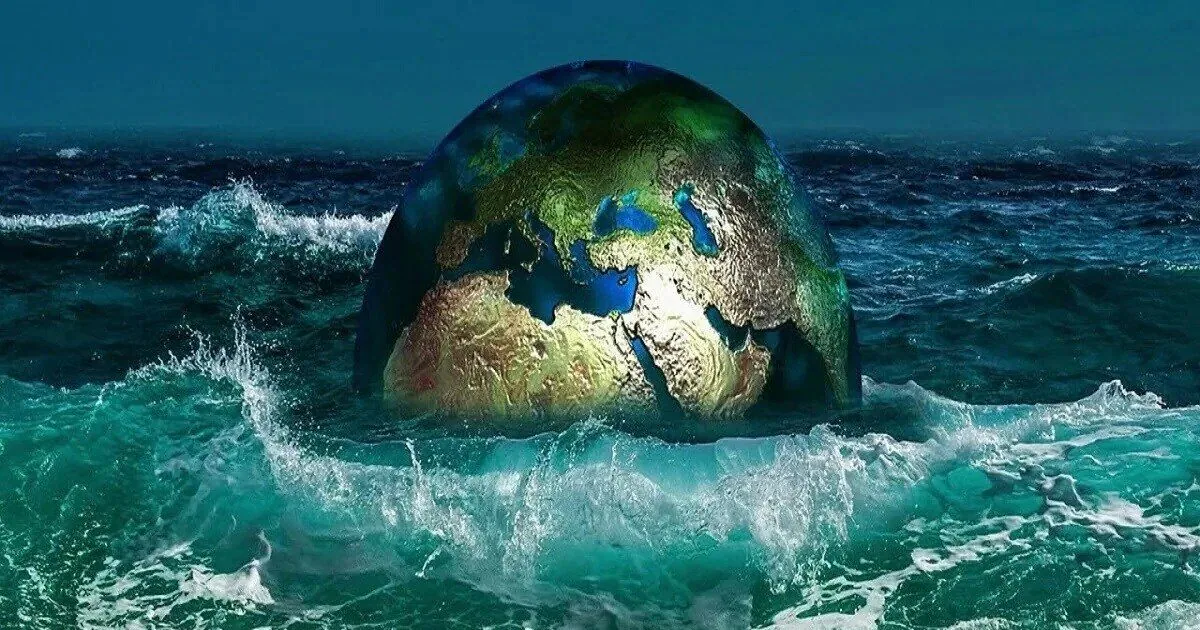Whether human or animal, water is essential for the survival of every living being. It is one of the most vital elements on Earth, and life without it is unimaginable. Across the world, people extract water from the ground to meet their daily needs. While various methods are used to fulfill water demands, the overextraction of groundwater has now reached a critical level, leading to unexpected consequences.
According to a report by Citec Daily, people have pumped out such vast amounts of groundwater that the Earth’s position has actually shifted. In less than 20 years, our planet has tilted approximately 80 centimeters eastward at a rate of about 4.36 centimeters per year. This astonishing discovery was published in the journal Geophysical Research Letters.
This journal, part of the American Geophysical Union (AGU), specializes in brief but impactful studies in the fields of Earth and space sciences. Based on climate models, researchers had previously estimated that from 1993 to 2010, humans extracted about 2,150 gigatons of groundwater. This extraction alone has contributed to a sea level rise of more than 6 millimeters (around 0.24 inches).
The research also reveals that the majority of this groundwater has been used in two major regions: the western United States and northwestern India. Geophysicist Ki-Weon Seo from Seoul National University, who led the study, explained that this massive depletion of underground water has had a direct effect on the Earth’s rotational axis.
In India, particularly in areas of Punjab and Haryana, large-scale use of underground water has been observed over the past few years. Experts point out that once water is removed from underground sources, it usually ends up flowing into rivers and oceans.
Seo further noted that Earth’s rotation has undergone several changes due to this water loss. The drop in groundwater levels is also having broader implications for the planet’s climate systems.

